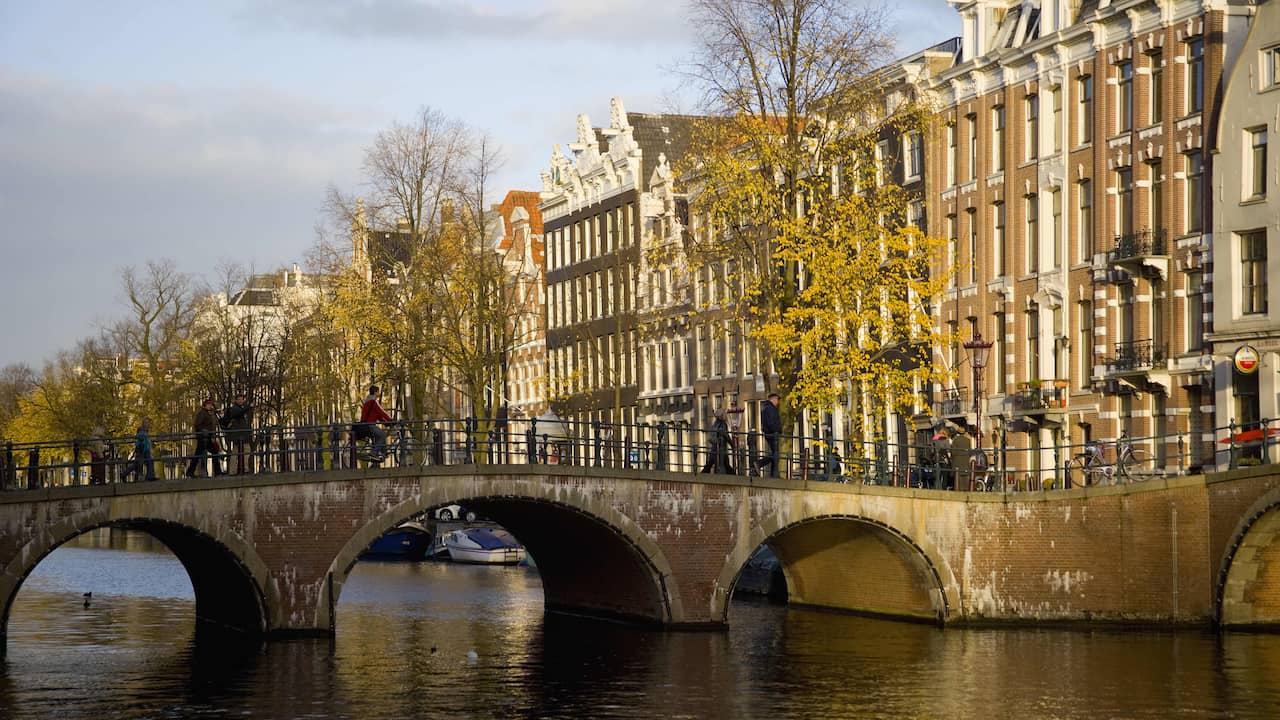The sinking groundwater in the Netherlands means that more than 60 percent of the monuments in North Holland run a high risk of subsidence. This is reported by researcher Sandra Fatoric from TU Delft in conversation with NRC.
“In North Holland many monuments have a foundation of wooden poles. Due to the drought, the groundwater subsides and pile rot accelerates. More than 60 percent of the monuments in this province run a high risk according to our research. We are talking about 8,500 buildings. says Fatoric.
Fatoric is affiliated with the Faculty of Architecture of Delft University of Technology and the Center for Global Heritage and Development, a joint institute of the universities in Leiden, Delft and Rotterdam. She studies the consequences of climate change for national monuments in the Netherlands.
For example, it is being investigated whether the Dom Tower in Utrecht can withstand more frequent and heavier downpours. And whether churches by the sea are sufficiently protected against rising sea levels.
“For the Netherlands, we have mapped the changes that are expected for 2050. What about the risk of flooding, which areas will have to deal with heavier rainfall, more drought, more tropical days? And how many monuments will be affected. ? “
‘There is no national policy for climate adaptation’
According to Fatoric, the problems with mapping the risks have not been resolved. According to the researcher, there is a lack of policy to tackle the dangers of climate change for monuments.
“Most importantly, there is no national policy for climate adaptation of cultural heritage. (…) In addition, an inventory had never been made of the vulnerability of heritage to changes in the climate. And according to the experts, there is also a lack of knowledge. the precise value of the monuments and what benefits they have. About which heritage we should preserve first, and which one we can give up if necessary. “
– .


